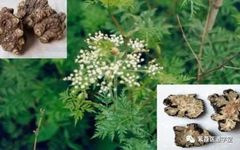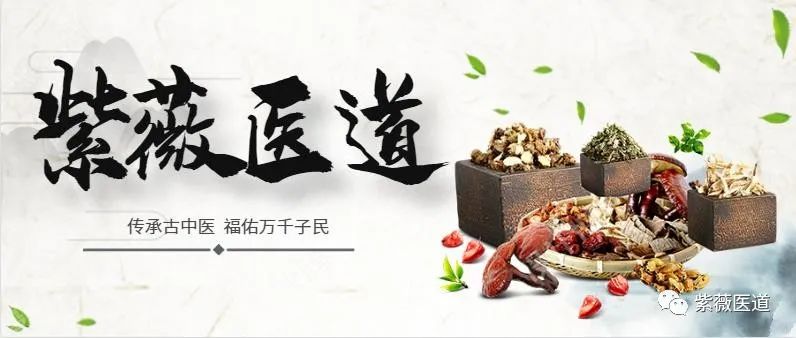
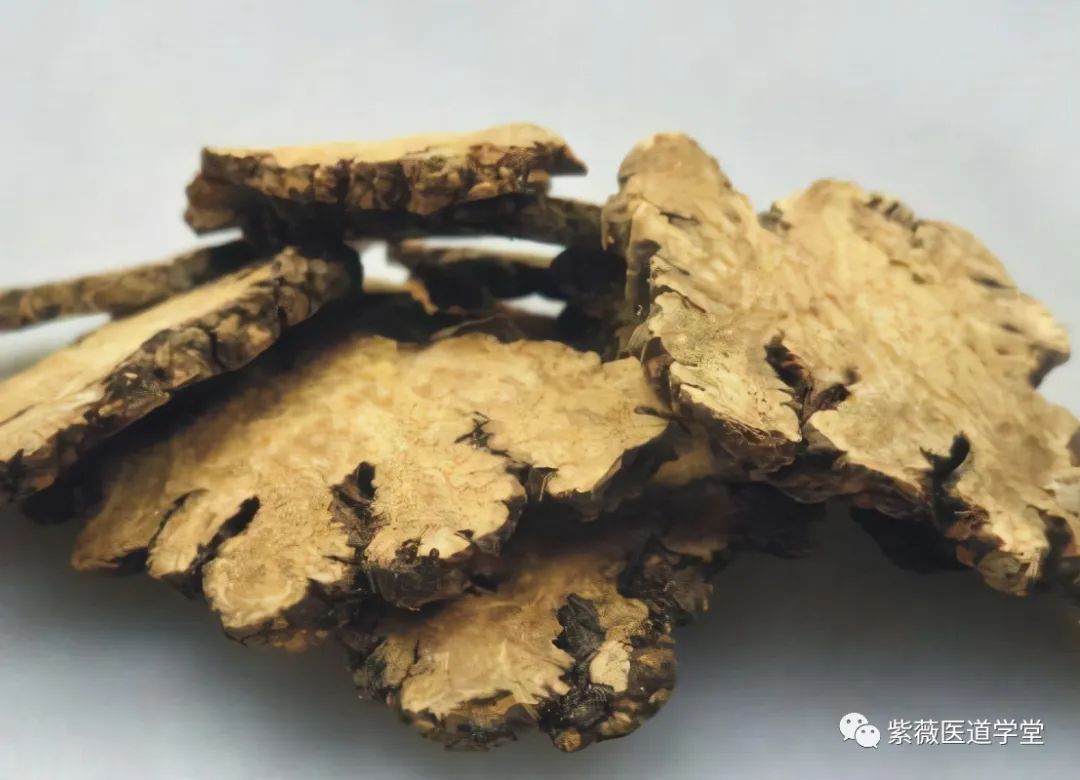
1
Chuanxiong (Ligusticum Chuanxiong) ascends to the head, regulates the menstrual flow, and relieves stagnation. It is a blood-moving and qi-regulating herb, often used in conjunction with Danggui (Angelica Sinensis). It not only invigorates blood but also has a remarkable effect on moving qi.
It has a pungent flavor and a warming nature, with a tendency to disperse without causing stagnation. Although it enters the blood level, it can dispel all wind and regulate all qi.
For any stagnation in the middle jiao, Chuanxiong must be used to uplift the qi, as the elevation of qi will naturally relieve the stagnation.
2
For headaches, Chuanxiong should be used. If the headache does not improve, add guiding herbs: Taiyang Manjingzi (Vitex Negundo), Bai Zhi (Angelica Dahurica), Chai Hu (Bupleurum), Cang Zhu (Atractylodes), Xi Xin (Asarum), Wu Zhu Yu (Evodia Rutaecarpa).
It is said that this herb is particularly effective for headaches caused by wind-cold, but if there is excess heat from the three yang channels causing pain, it may exacerbate the condition. Modern practitioners often misunderstand the ascending and descending properties of Chuanxiong, mistakenly believing it solely treats headaches, which is a significant error.
3
Chuanxiong has a fragrant and dispersive nature, is warm, and its warming and dispersive properties work together. Its power ascends, descends, reaches outward, and penetrates inward, affecting all areas.
Its unique strength lies in its ability to draw the light and clear qi upward to the brain, while its warming and dispersive power can also promote qi and invigorate blood, treating overall body stiffness.
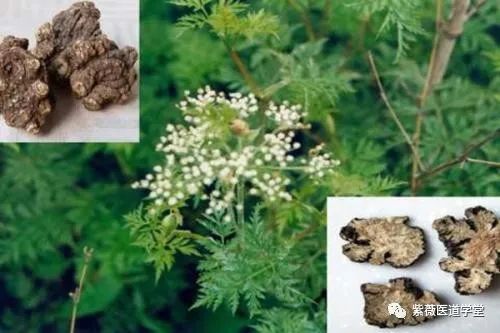
4
Chuanxiong can be used as a monarch or minister herb, but it should not be overused. It must be paired with qi and blood tonifying herbs to maximize its benefits.
If used alone for blood tonification, there is a risk of blood loss; if used solely for pain relief, the pain may stop but could lead to a deficiency.
When used with Ren Shen (Ginseng), Bai Zhu (Atractylodes), and Fu Ling (Poria), it can tonify qi, which may also help generate blood; if used with Danggui, Shu Di Huang (Rehmannia), Shan Yao (Chinese Yam), Mai Dong (Ophiopogon), and Bai Shao (White Peony), it can tonify blood, which may also help generate essence.
The concern is using it with other wind-dispersing herbs; it can be used temporarily but not continuously, only for moderate conditions.
5
Chuanxiong disperses qi and can also generate blood; this is not due to dispersing but rather due to movement.
When movement occurs, blood becomes active, old blood is easily expelled, and new blood is easily generated, thus new qi can also grow easily. However, if blood moves too much, it cannot generate; if blood does not move, it cannot generate.
Using Chuanxiong alone may risk excessive movement and changes; combining it with qi and blood tonifying herbs alleviates concerns of excessive movement while achieving synergistic effects.
6
Chuanxiong is also a qi-generating herb, but it excels at generating blood while being less effective at generating qi.
People often do not recognize the need to tonify qi, only focusing on its depletion.
Chuanxiong cannot generate qi on its own; it must be assisted by Ren Shen and Bai Zhu to be effective, and paired with Danggui and Huang Qi (Astragalus) to achieve results. It should not be dismissed for its dispersive properties.
Danggui is moving, and Chuanxiong is also moving; when two moving herbs combine, there will be a harmonious effect. However, when two moving herbs combine, they do not fully move, thus they do not disperse blood but instead generate blood.
Moreover, Chuanxiong has dispersive properties with tonifying effects, making it particularly suitable for postpartum use, alleviating concerns of blood stasis while also benefiting blood generation; its effectiveness lies not in blood tonification but in its dispersive action.
7
For bleeding from the gums, Chuanxiong is highly effective.
8
Chuanxiong combined with Su Ye (Perilla Leaf) can disperse wind-cold at the surface; combined with Huang Qi and Bai Zhu, it can warm the middle qi and promote the liver and spleen; combined with Danggui and Bai Shao, it can generate blood vessels and connect the nutritive and yin.
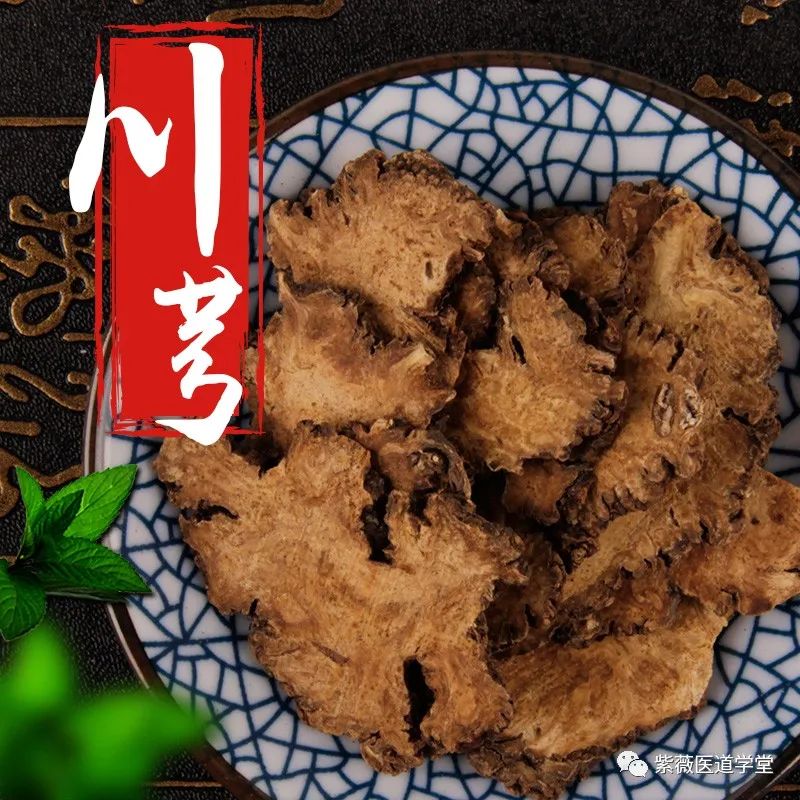
9
Chuanxiong combined with Mu Li (Oyster Shell) treats headaches and nausea; combined with Tian Ma (Gastrodia), it stops dizziness.
10
Shen Kuo in “Dream Pool Essays” Volume 18 states: “A relative of mine used to take Chuanxiong. The doctor Zheng Shuxiong saw this and said: Chuanxiong should not be taken for long, as it can cause sudden death. Later, my relative indeed passed away without illness. Another relative, Zhang Zitong’s wife, suffered from a brain wind illness and took Chuanxiong for a long time, also passing away suddenly. I witnessed both cases.”
Kou Zongshi in “Commentary on Materia Medica” Volume 8 commented: “This is likely due to prolonged use alone. If used alone for too long, it disperses true qi, and even with other herbs assisting, if not used for long, it can lead to sudden death in moderate conditions.”
Recent scholar Dai Gusun in “Gusun Medical Talks” Volume 1 argues: “The sudden death cases mentioned in the essays are likely due to brain wind, and I suspect it is due to blood not descending properly; prolonged use of Chuanxiong may cause rupture of the brain vessels, leading to sudden death.”
Three discussions suggest that one can use Chuanxiong wisely.
11
There are studies in Japan suggesting thatlarge doses of Chuanxiong can have a narcotic effect on the brain. According to Shen Kuo’s “Dream Pool Essays,” there have been cases of sudden death from prolonged use of Chuanxiong. The cause of sudden death is likely due to excessive narcotic effects, which can corroborate the previous statement.
12
Chuanxiong is warm and pungent, and for patients with excess above and deficiency below, with deficient fire rising, causing vomiting, coughing, spontaneous sweating, easy sweating, night sweats, dry throat, thirst, irritability, these conditions should be avoided.
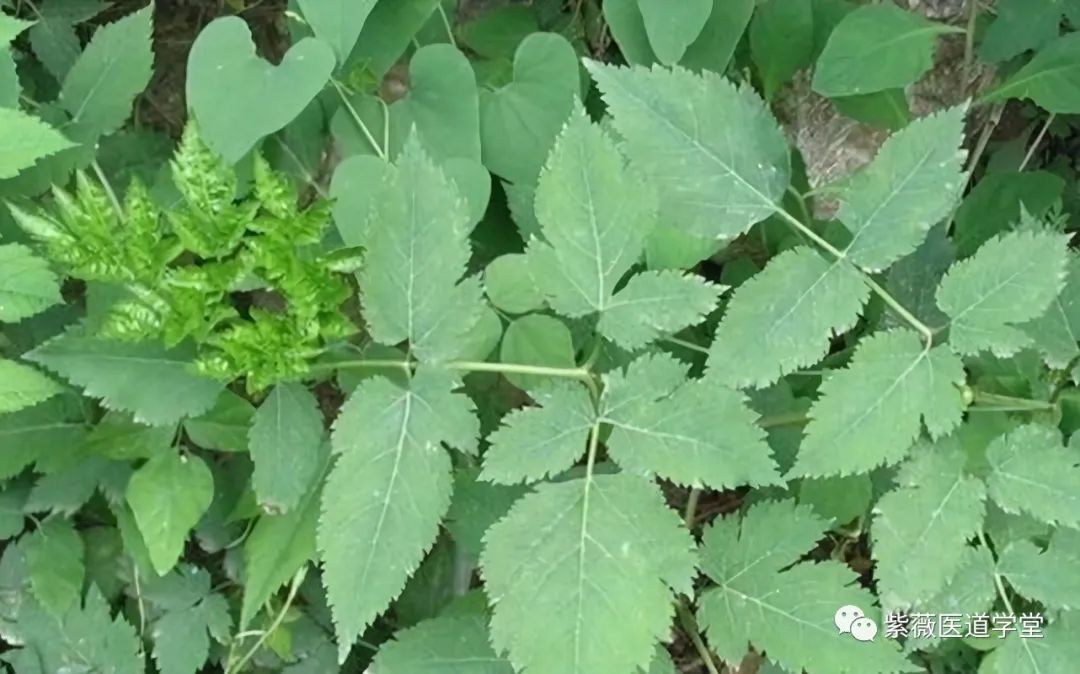
Note:Please follow medical advice for specific treatments and medications!This article is excerpted from “Clinical Materia Medica,” authored by Tao Yufeng, published by People’s Health Publishing House, March 2005. This public account is used for academic exchange only; if there is any infringement, please contact for removal, and please indicate the source when reprinting.

